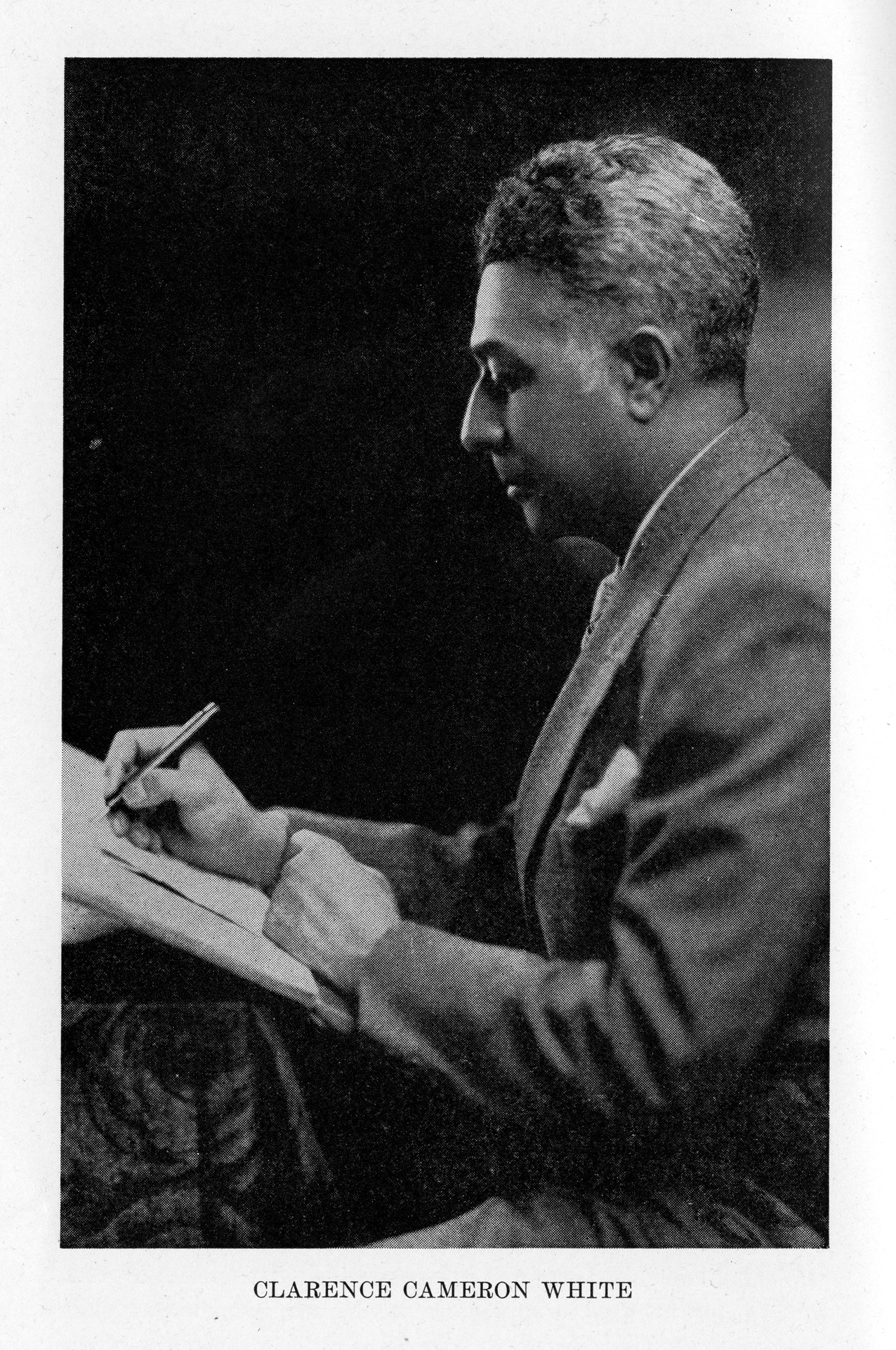A bifocal blog this week that steers from a lust for colour in music to a quick dig in the catalogue for works presented on a monochrome platform, either black or white.
My first pick is Peter Maxwell Davies’ Black Pentecost, the catalyst for which was provided by the threat of uranium mining in the Yesnaby region of Scotland’s Orkney archipelago, provoking a vigorous (and ultimately successful) response from the local population. It’s a ‘vocal symphony’ along the lines of Mahler’s Song of the Earth or Zemlinsky’s Lyric Symphony.The opening movement is a purely orchestral evocation of what is to come. The second starts with simmering activity for woodwind and strings, subtly underpinned by marimba. This continues as the baritone enters with a description of the beginnings of Operation Black Star and the consequent demise of the imaginary village of Hellya in its wake:
Black Star. Operation Black Star was how they described it. Great cargoes of cement were unloaded, lorries, hut sections, cranes, bulldozers, transformers. The houses collapsed before clashing jaws and black battering foreheads. Piecemeal the village died, shrivelled slowly in the radiance of Black, Black Star. What was happening was impossible to find out. The almost completed fence was too well guarded by men and dogs. But Hellya was probed and tunnelled to the roots. The island was full of noises, a clangour from morning to night. A thin shifting veil of dust hung between island and sun. A wooden town sprang up overnight with cook-house, laundry, canteens, sickbay, offices, a detention centre.
Black Pentecost (8.572359)
‘Black Mass’ (SWR10164)
Duke Ellington
Source: eBay / Public domain via Wikimedia Commons
“Beige is an evocation of the Renaissance in African American music, conjuring the night life of Harlem. Brown offers tribute to the African-American soldiers who fought and gave their lives in the Civil War and World Wars I and II. Black pays homage to the tradition of African-American faith in prayer and hard work, and includes a people’s work song and the spiritual phrases of the tune Come Sunday.”
Black (8.559737)
His Black Sounds is by turns an angry, stark and desolate work. New York’s Lincoln Center commissioned it for a September 1965 telecast, where it was first performed as a ballet by Anna Sokolow under the title The Act, describing an act of murder. It’s scored for twelve wind and brass instruments, four percussion, and piano/celesta. Here’s the first half of the 14-minute piece.
Black Sounds (8.559115)
Turning to the opposite end of the colour spectrum, I’ve chosen not three pieces, but three composers to represent the colour white.
The first is the English composer Robert White (1538-1574) who was trained as a singer at Trinity College, Cambridge and later served as Master of the Choristers at Ely Cathedral. He seems later to have been employed at Chester Cathedral and finally at Westminster Abbey. White’s church music includes settings of a number of Latin texts, with two versions of the Holy Week Lamentations, one for a 5-part choir, the other for six voices. There’s a touch of mournful grey, then, in what emerged from White’s pen for his five-part version. Here are the concluding two sections of the work.
Lamentations (8.550572)

Clarence Cameron White
Source: Maud Cuney-Hare, 1874–1936 / Public domain via Wikimedia Commons
Levee Dance (8.111379)
Finally to a bit of a toe-tapper by Edward White (1910–1994), who was a British composer and arranger of light music. You might have come across his music before, without knowing who the composer was, since many of his compositions were used rather anonymously as theme tunes for radio and television in the middle of the last century. Whilst holidaying in England’s Isle of Wight, White was inspired by a grand steam locomotive called Puffing Billy to write his most familiar work, Puffin’ Billy. It was used on both sides of The Pond: in the UK it became the signature tune for BBC Radio’s Children’s Favourites — a radio request programme which ran from 1952 to 1966; and in America it served as the theme music for some twenty years to CBS TV’s children’s series Captain Kangaroo.
Puffin’ Billy (8.553515)



